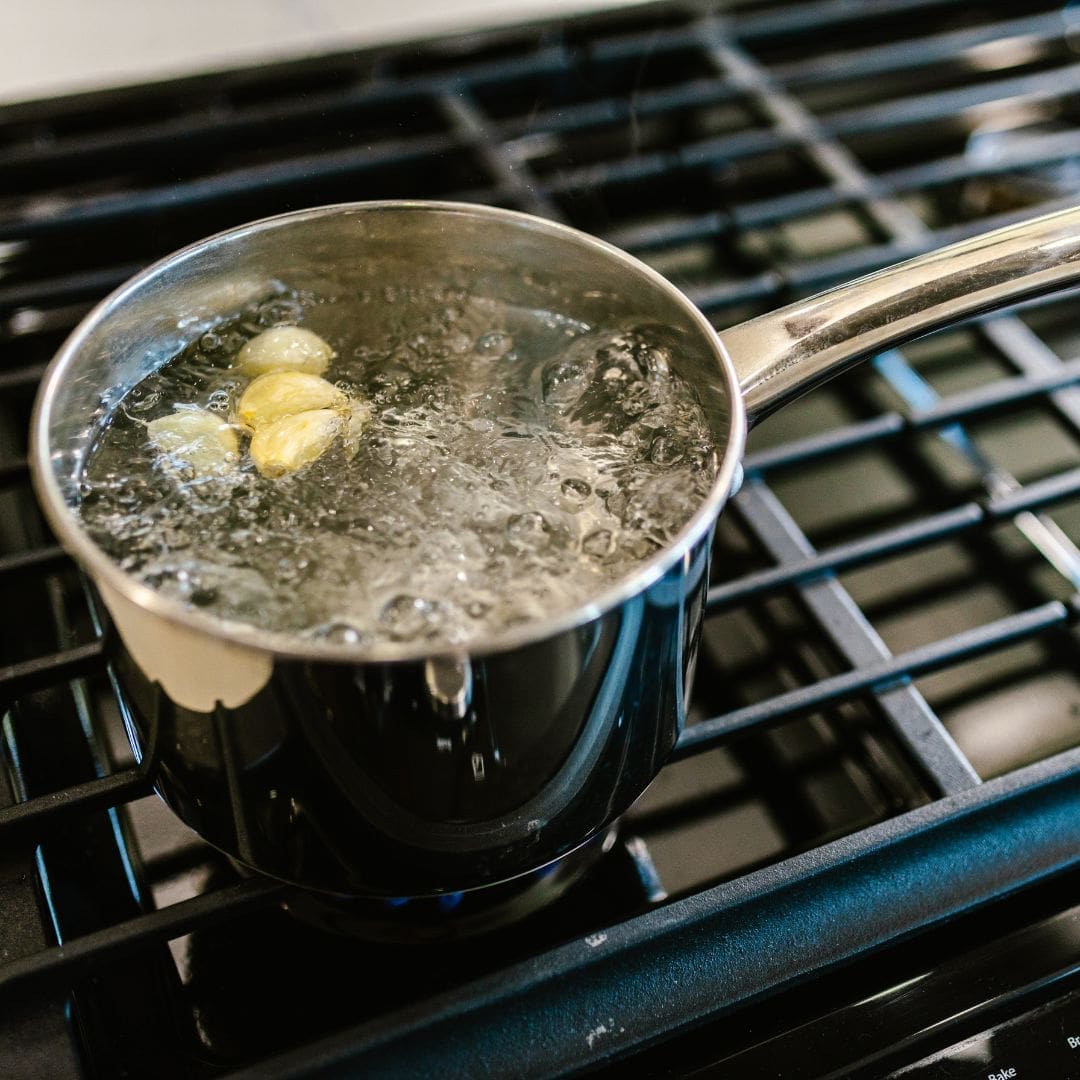If you’ve ever drunk a cup of tap water and noticed a slight bleach-like taste or smell, you likely noticed the chlorine in your drinking water. Even if you haven’t seen its more apparent properties, chlorine in drinking water can have numerous invisible effects on our health.
Whether the taste or smell of chlorine puts you off in your water or you’re concerned about how it could affect your health, it’s a good idea to remove it from your water. Let’s go over how to remove chlorine from drinking water and why it is in our drinking water in the first place.
Why Is Chlorine In Drinking Water?
If you’re curious about how to remove chlorine from your drinking water, you might be wondering why this substance is in our drinking water so often in the first place.
Water comes from various sources, including lakes, wells, reservoirs, and other bodies of water. When water comes from these sources, it can become contaminated with substances and pollutants that harm human health. Even water that does not become contaminated at its source may become contaminated when traveling through pipes.
Water companies add low dosages of chlorine to combat the germs in drinking water. Companies may also add a substance called chloramine, a mix of chlorine and ammonia, as it lasts longer than chlorine but boasts similar effects.
According to regulations set by the Environmental Protection Agency (EPA), low chlorine dosages are safe in drinking water. The levels of chlorine in tap water are mandated and enforced by the EPA, which requires water treatment facilities to ensure that chlorine levels do not exceed safe consumption levels.
Why You Should Remove Chlorine From Drinking Water
Though the Environmental Protection Agency claims that low chlorine levels are safe in drinking water, there are still a few reasons you might want to remove chlorine from your drinking water. Chlorine does improve the quality of drinking water, ensuring that it does not contain high levels of contaminants, but it can also cause various water problems.
Some people do not like the strong chemical taste of chlorine; others are repelled by its odor. Especially if your city just recently started adding chlorine to the municipal drinking supply, it is highly likely that you will notice a difference, at least at first. Chlorine and chloramines have a distinct bleach-like taste.
Chlorine may also have several health concerns associated with its addition to the water supply. For example, while chlorine kills the bad bacteria in water, it also kills the good gut bacteria in your stomach, which can cause inflammation.
If there is chlorine or chloramines in your water supply – and chances are, there is – you could benefit from removing it before drinking water.
How To Remove Chlorine From Drinking Water
There are a few ways to easily remove chlorine from your drinking water to ensure you no longer have to worry about the bad taste or odor and potential health concerns associated with these chemicals. Whether you’re looking for a simple approach that only takes five minutes or a reliable, consistent way to dechlorinate water that you can work into your home, we’ll go over all the best methods.
 Boil Water
Boil Water
Chlorine naturally leaves water if it is left to sit for a while. You can speed up this natural process by boiling your drinking water. To remove chlorine from your drinking water, boil it for 15 minutes. This process does not remove all water contaminants, so you should filter your water if you are concerned about waterborne illnesses.
Refrigerate And Wait
For the least expensive and simplest approach to dechlorinating water, simply pour yourself a glass or pitcher, refrigerate it, and wait at least 24 hours. As previously mentioned, chlorine naturally leaves water when it is left to sit. By refrigerating your water as you wait for the chlorine to evaporate, you can enjoy a cool glass of refreshing water when it is done.
Use A Dechlorinator
While you can always remove chlorine from drinking water by boiling it or leaving it in the refrigerator for 24 hours, these methods can take time and may be inconvenient. On the other hand, alternatives like UV light exist, but they are less accessible and can be expensive. If you need dechlorinated water immediately and affordably, you’ll need to follow another method.
The best way to remove chlorine from drinking water is to use a dechlorinator. These appliances are created to remove chlorine from water treated with chlorine, and dechlorinators are the most reliable and consistent way to remove chlorine from municipal water.
How Do Dechlorinators Work?
Though various methods remove chlorine and chloramines from drinking water, a dechlorinator is the most consistent. Dechlorinators are designed specifically to remove not only chlorine but chloramines from water. This is important because, while chlorine naturally evaporates from water, chloramines do not.
The c and j dechlorinator uses catalytic carbon to remove chlorine and chloramines. The municipal source feeds water into the dechlorinator, which removes the chlorine and chloramines using a catalytic carbon filter. Next, it is passed on to a water softener before it finally reaches your tap.
A dechlorinator is combined with a water softener to remove chlorine, chloramines, and other contaminants. This way, your water is safer, more palatable, and more pleasant to drink.
Conclusion
Chlorine and chloramine are added to drinking water to combat viruses, germs, and other dangerous contaminants that can get into our water supply. If you don’t like the taste or smell of chlorine in your drinking water, or if you’re concerned about the potential harm to your health that chlorine could cause, it is a good idea to remove chlorine from your drinking water.
Thankfully, it is easier than it seems to remove chlorine from drinking water. By purchasing a dechlorinator like those offered by c and j Water, you can consistently and effortlessly improve the taste of your tap water while forgetting about any of your health concerns associated with chlorine and chloramines.




